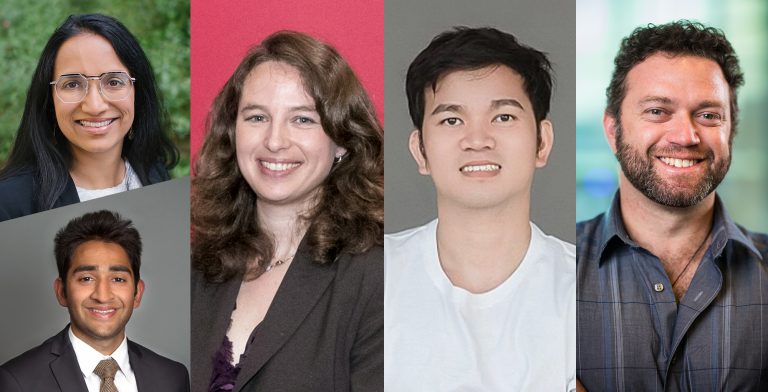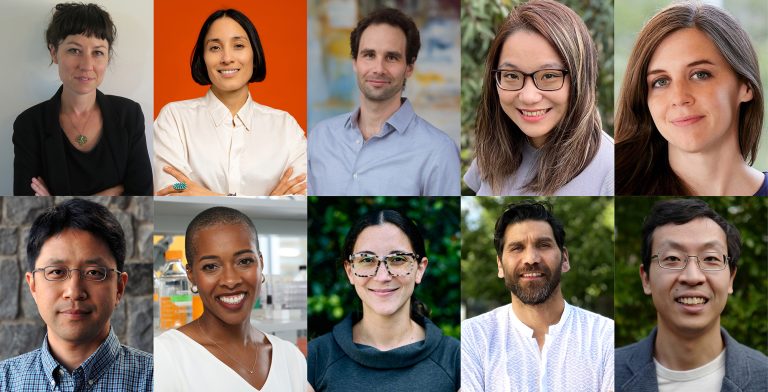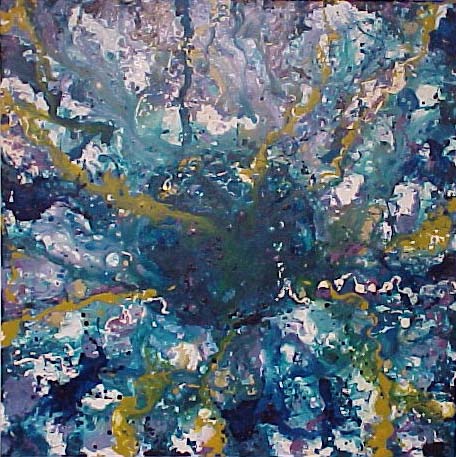Huda Zoghbi was on her way to becoming a cardiologist when her encounters with children suffering from a rare brain disorder changed the course of her career — and deepened our understanding of how the human brain works.
“People become scientists for all sorts of reasons,” says Dr. Zoghbi, a winner of the prestigious Breakthrough Prize in Life Sciences for her groundbreaking work uncovering the genes essential for normal neurodevelopment. “I became one because I was heartbroken I had to tell parents nothing could be done about their child’s disease.”
“People become scientists for all sorts of reasons. I became one because I was heartbroken I had to tell parents nothing could be done about their child’s disease.”—DR. HUDA ZOGHBI, ENDOWMENT FUND FOR NEUROSCIENCE
Born in Lebanon, Dr. Zoghbi first came to the United States as a foreign medical student transfer in the late 1970s when the escalating civil war made it too dangerous for her to complete her training in Beirut. In 1982, she was still a neurology resident at Baylor College of Medicine when she met two girls suffering from Rett syndrome, a rare neurological diagnosis that was just beginning to surface in English-language medical journals. The patients, ages 5 and 11, had been born healthy, but followed the same declining path of slowed development and degenerating motor skills, “almost as if it had been choreographed,” she recalls.
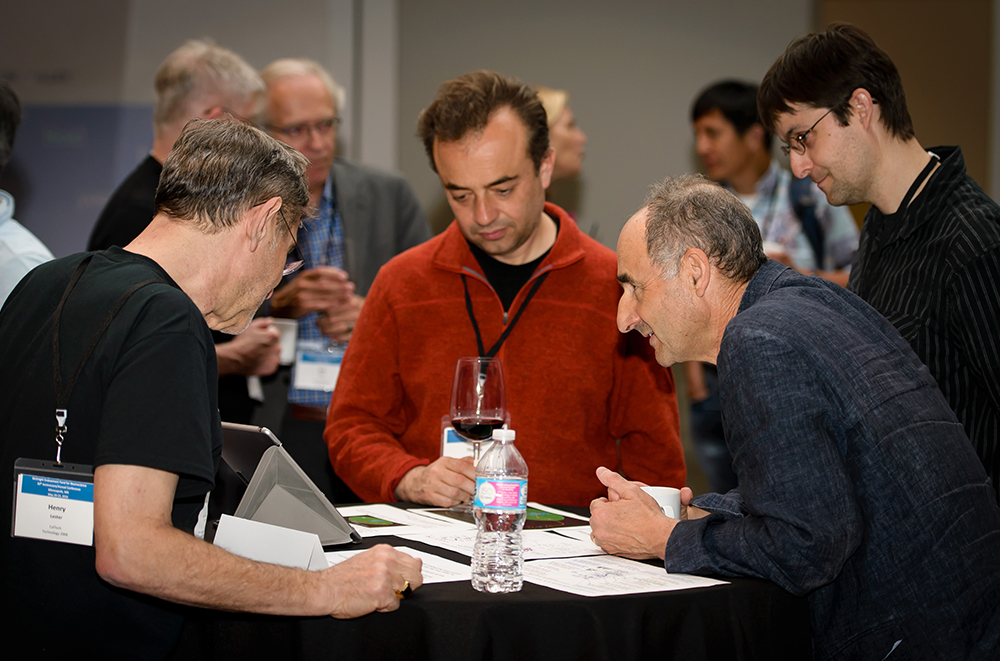
Frustrated by how little clinical help she could offer, Dr. Zoghbi spent 16 years at Baylor “going back to ground zero” to find the genetic mutation that gave rise to Rett syndrome. It’s a discovery that now helps researchers define where to target treatments that could someday change the mutation’s course. “For me, this rule still applies — whenever we struggle with trying to solve a medical problem — the less we know about it from a basic research point of view, the more we struggle. The more we know about it, the more we’re likely to find solutions.”
That recognition of the power of basic research drove The McKnight Foundation to invest in four decades of advancement in neuroscience, a commitment that began with the personal support of founder and philanthropist William McKnight. Starting in 1977, the McKnight Scholar Awards began supporting young scientists interested in exploring cognitive disorders and memory loss. Throughout the years this prestigious early-career award has funded more than 225 innovative investigators and spurred hundreds of breakthrough discoveries.
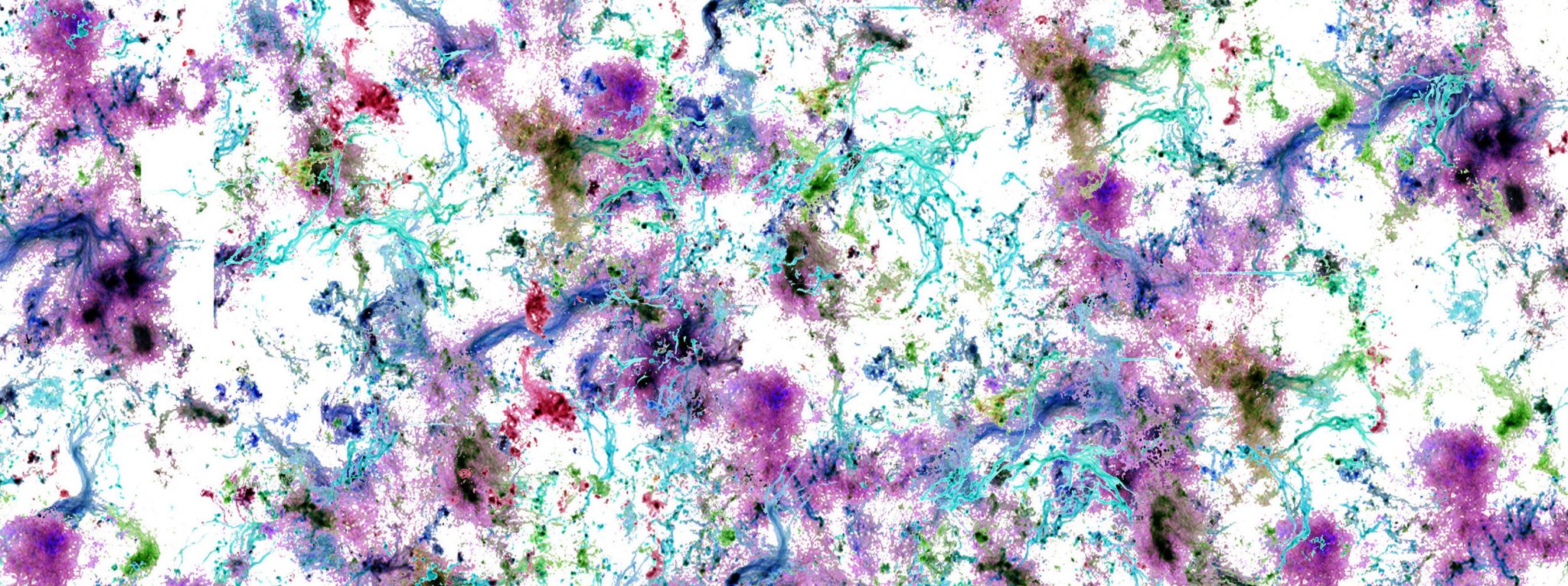
A Brain Trust of Scientists
McKnight was one of the first major organizations in the country to dedicate funds toward gaining a better understanding of the brain to improve the prevention, detection, and treatment of learning and memory disorders from autism to Alzheimer’s disease.
It then went on to establish a permanent source of funding for brain science through The McKnight Endowment Fund for Neuroscience, an independent charitable organization that has invested about $89 million in new research since 1987. Little known outside of neuroscience circles, the McKnight Endowment Fund for Neuroscience is led by a national board of eminent scientific investigators responsible for selecting the top contenders for three highly competitive awards programs — the Memory and Cognitive Disorders Awards, the Technological Innovation in Neuroscience Awards, and the continuing McKnight Scholar Awards.
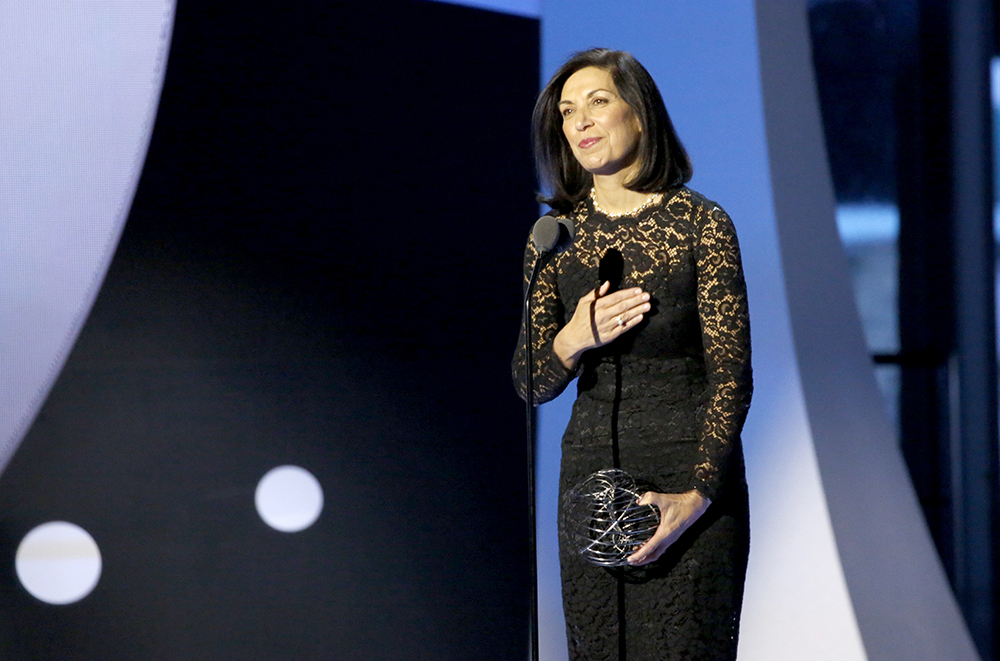
The McKnight Endowment Fund for Neuroscience also hosts an annual invitation-only conference that calls together the country’s top investigators to share their latest research. It’s a high-energy networking and collaboration event that Dr. Zoghbi, who serves as president of the Endowment Fund’s board of directors, compares to summer camp for brain scientists.
“The McKnight Neuroscience Fund is a beautiful model that invests in new frontiers and takes risks. It creates a culture of science and supports young scientists to solve problems that otherwise might be left undone,” says Dr. Zoghbi.
“The McKnight Neuroscience Fund is a beautiful model that invests in new frontiers and takes risks. It creates a culture of science and supports young scientists to solve problems that otherwise might be left undone.”—DR. HUDA ZOGHBI, BAYLOR COLLEGE OF MEDICINE
Forty years after making its first investment in neuroscience, McKnight now counts five National Medal of Science awardees, nine Nobel Laureates, and more than 80 National Academy of Sciences members among its brain trust of scientists. While the group’s investigations have shed new light on brain disorders as varied as autism and Alzheimer’s disease, Dr. Zoghbi says the common denominator in all their work is a desire to uncover the mysteries of the most complex biological structure in the universe.
“It’s as though you’ve been given this book and you know that somewhere inside these pages you are going to find an amazing answer to the question you’ve been searching for,” she says. “You have to keep turning the pages until you find it.”
